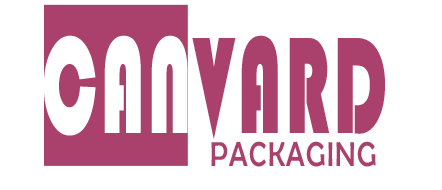The production process of PET bottles can be divided into four stages: stretching, pre-blowing, blowing, and cooling.
Stretching: In this stage, preheated PET preforms are fed into a stretching machine, clamped by the machine’s fixtures, and stretched into a longer tube-like shape. During this process, PET molecular chains are stretched, making them more closely packed together, which helps to enhance the strength and durability of PET material. In addition, stretching can also control the size and thickness of PET bottles to ensure that the bottles meet relevant standards and specifications. The stretched PET preforms are more suitable for blowing into bottle shapes and help to reduce material waste in the bottle production process.

Pre-blowing: PET tube-shaped bodies are gradually expanded into bottle shapes through the heating and pressure of the nozzle in this process. During this process, PET material is heated and slowly inflated to gradually adapt to the required bottle shape. This reduces the stress and deformation of PET material in the subsequent blowing process, thereby improving the quality and consistency of the bottle. In addition, pre-blowing can help to evenly distribute PET material throughout the bottle, reducing defects and bubbles in the bottle.
Blowing: In this stage, PET material needs to be heated and shaped under precise temperature and pressure control to ensure that the size and shape of the bottle meet requirements. Through blowing, PET material can be molded into various shapes and sizes of bottles, such as plastic water bottles, beverage bottles, and so on. The blowing process can also incorporate customized designs and printing onto PET bottles to meet different product and market demands. For example, trademarks, labels, and other information can be printed on PET bottles to increase brand awareness and market share.
Cooling: After blowing is completed, the bottle needs to be cooled to fix its shape and size. This is usually done by spraying water or placing the bottle in a cooling chamber. Because PET bottles are very hot after blowing, if they are not cooled, they may lose their original shape and size, and even deform or develop bubbles. Cooling helps to rearrange and solidify the molecules in PET material, ensuring that the bottle maintains its required shape and size. In addition, cooling can also help to harden the PET bottle quickly, reducing defects and bubbles on the bottle surface, making it more aesthetically pleasing. At the same time, cooling can improve the production efficiency of PET bottles, enabling them to be processed and packaged more quickly.


